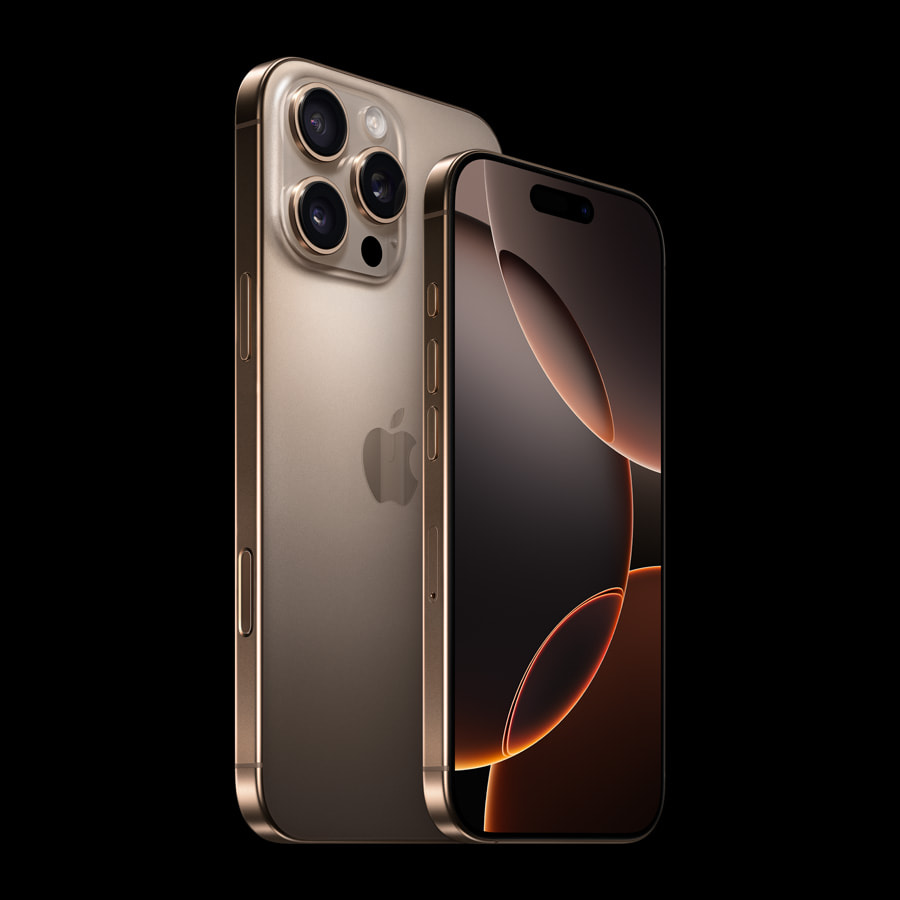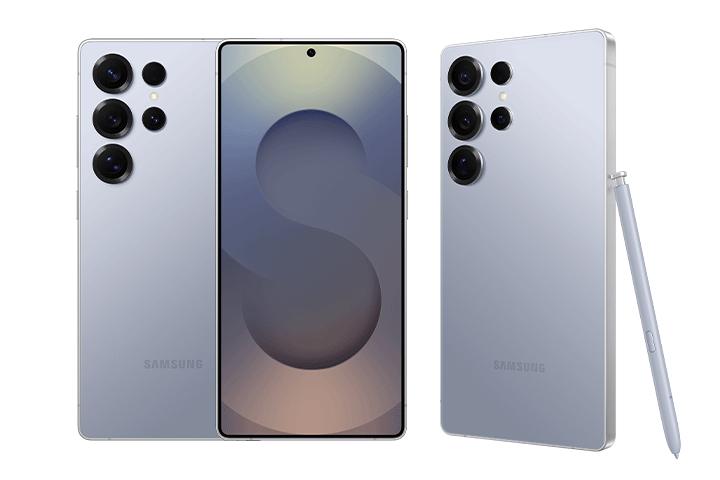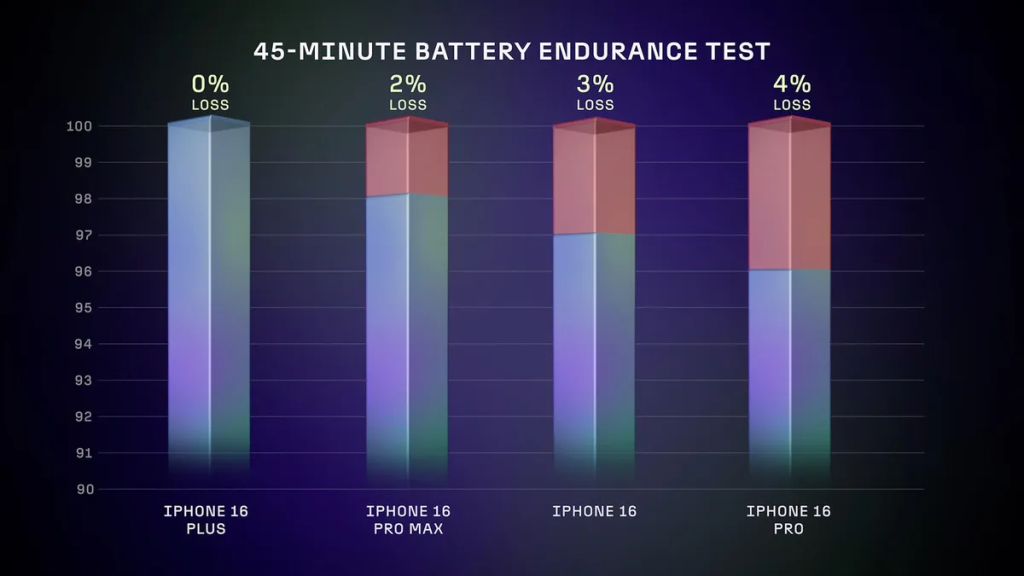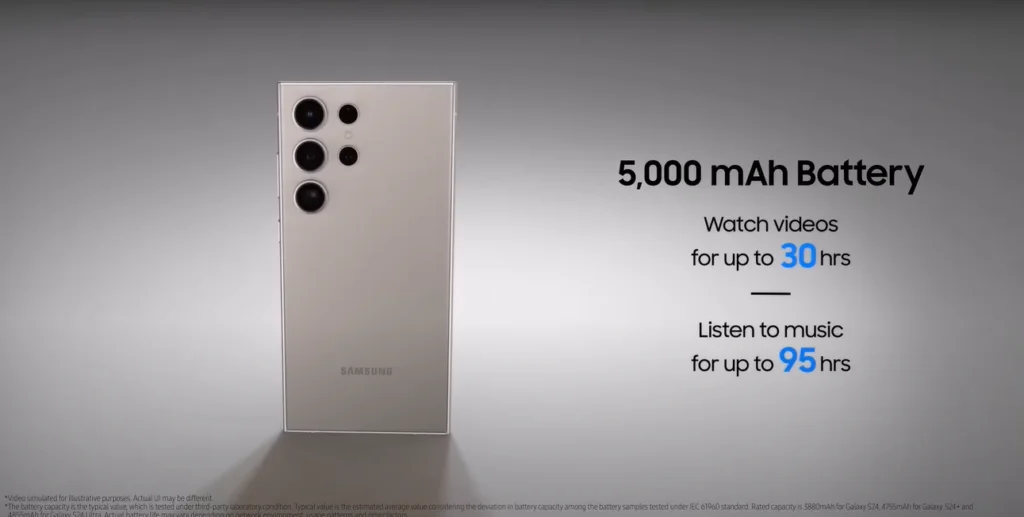iPhone vs. Samsung: Which Smartphone Reigns Supreme for You in 2025?

When it comes to smartphones, the battle between iPhone and Samsung has been long-standing and intense. In 2025, the competition has only intensified. But which brand offers the best smartphone experience?

Whether you’re looking for advanced features, stunning design, or top-notch performance, choosing between iPhone and Samsung can be tricky. We’ve compiled a guide to explore the key factors that define these two industry giants and help you decide which one reigns supreme for you.
Overview: The iPhone vs. Samsung Debate in 2025
Apple’s iPhones and Samsung’s Galaxy series have dominated the smartphone market for years. With each new release, both brands push the boundaries of technology, offering consumers the latest features, better performance, and improved design. But despite similar high-end features, iPhone vs. Samsung remains a matter of personal preference, largely shaped by brand loyalty, budget, and specific needs.
For a detailed comparison, check out our article on Oppo vs Huawei vs Samsung: A Showdown of Smartphones in 2025.
As we look at 2025, let’s break down the latest offerings, examining everything from design and hardware to performance and price.
Design & Build Quality: Premium Feel in Both Phones
When it comes to build quality, both iPhone and Samsung have been consistently delivering premium designs. The iPhone 16 Pro, for example, features a sleek stainless steel frame and a Ceramic Shield front cover. This makes it incredibly durable while maintaining a high-end feel. Meanwhile, Samsung’s Galaxy S25 Ultra continues to impress with its polished metal edges and an elegant matte finish that resists fingerprints.


“Both brands use high-quality materials that not only enhance the look but also the durability of their phones,” says John Lee, Senior Design Analyst at Design Weekly (source).
Samsung’s devices tend to be slightly more experimental in their design, especially with their curved-edge screens, while Apple sticks to more conventional flat edges. The overall size and weight of both brands are comparable, though Apple’s phones are generally more compact and easier to handle.
Display Quality: The Battle of the Screens
When it comes to display, both Apple and Samsung offer excellent options in 2025, but they cater to slightly different preferences.
- Samsung Galaxy S25 Ultra: Samsung’s AMOLED displays have long been the gold standard for vivid colours and deep blacks. The S25 Ultra continues this trend, with a 6.8-inch QHD+ Dynamic AMOLED display that boasts a 120Hz refresh rate. This means smoother animations and more responsiveness, ideal for gamers and those who consume a lot of video content.
- iPhone 16 Pro: Apple’s Super Retina XDR display is equally impressive, offering excellent brightness and colour accuracy. While its 120Hz ProMotion display is on par with Samsung’s, it tends to provide a more natural viewing experience with better colour reproduction.
“Samsung’s displays excel in offering an immersive experience, especially with content-rich visuals, but iPhones remain unmatched when it comes to colour accuracy for professional work,” says Linda Tan, a Display Expert at DisplayTech Insights (source).
Performance: The Engine Behind the Flagship Devices
In terms of raw power, both Apple and Samsung are using the latest and most powerful chipsets.
- iPhone 16 Pro: Powered by Apple’s A17 Pro chip, the iPhone 16 Pro offers exceptional performance. It is one of the most powerful mobile processors, delivering fast performance and efficient power usage. Multitasking, gaming, and video editing are all handled seamlessly.
- Samsung Galaxy S25 Ultra: The Galaxy S25 Ultra runs on the latest Snapdragon 8 Gen 4 chip (in international markets) or the Exynos 2200 (in select regions). While both chips offer high performance, the Snapdragon variant tends to be slightly more efficient, particularly in the graphics department, which benefits gamers and content creators.
“Apple’s A-series chip has a clear advantage in single-core performance, while Samsung’s Snapdragon 8 Gen 4 excels in multi-core tasks, especially with AI-driven applications,” says Dan Jordan, Tech Analyst.
Camera Capabilities: Who Takes the Better Shot?
In the realm of smartphone photography, both Apple and Samsung are setting the bar high.
- iPhone 16 Pro: With a triple-camera setup, including a 48MP main sensor, the iPhone 16 Pro offers stunning photography, especially in low-light conditions. Apple has always focused on consistency and natural colour reproduction, making the iPhone the go-to choice for those seeking professional-grade photos.
- Samsung Galaxy S25 Ultra: The Galaxy S25 Ultra takes things further with its 200MP main camera and 10x optical zoom. Samsung’s approach is to provide more versatility, offering ultra-wide, telephoto, and macro lenses that can handle almost any shooting situation. Samsung also integrates more advanced AI to enhance detail and colour accuracy.
Learn more about the latest advancements in television technology with our article on Samsung Launches New AI-Powered 8K, OLED & Mini LED TVs in 2025 Line-Up
Battery Life: Which Smartphone Lasts Longer?
Battery life is crucial in a smartphone, and both brands have made improvements to ensure their devices last throughout the day.
- iPhone 16 Pro: With a 3,500mAh battery, the iPhone 16 Pro offers impressive battery longevity, thanks to Apple’s efficiency with its A17 Pro chip. With moderate use, you can expect around 18-20 hours of use, with fast charging capabilities (up to 50% in 30 minutes with a 20W charger).

- Samsung Galaxy S25 Ultra: Samsung packs a more substantial 5,000mAh battery into the S25 Ultra, which tends to last longer than the iPhone under similar usage. The device also supports 45W wired charging, which allows you to charge the device from 0% to 50% in under 20 minutes.

Software & Ecosystem: Which is More User-Friendly?
- Apple’s iOS: iPhones are known for their seamless integration with the Apple ecosystem. iOS is intuitive, user-friendly, and secure. Apple offers excellent long-term software support, with major iOS updates rolling out for devices up to five years old. If you already use an Apple product, such as an iPad, MacBook, or Apple Watch, the iPhone will integrate smoothly with those devices.
- Samsung’s One UI: Samsung uses Android, which offers greater customisation. One UI, Samsung’s skin over Android, has evolved to be highly polished, but it offers more flexibility in terms of app choices and settings. Samsung’s integration with Google services is seamless, and the company’s efforts in hardware-software synergy have been impressive.
Curious about the latest ChatGPT updates? Read more in our article on Users Claim ChatGPT Update ‘Ruined’ Their AI Boyfriends.
Pricing: A Factor You Can’t Ignore
Price is often the determining factor for many users. Samsung tends to provide more variety in its pricing options, making it accessible to a broader range of consumers.
- iPhone 16 Pro: As expected, Apple’s flagship devices are priced higher, often starting at R22,000 ($1,200). However, this price includes a premium build and a refined user experience.
- Samsung Galaxy S25 Ultra: The Galaxy S25 Ultra is similarly priced at around R20,000 ($1,100), making it a bit more affordable than the iPhone. However, Samsung also offers other models at lower price points, giving you more choices if you’re on a budget.
Which Smartphone Reigns Supreme for You in 2025?
The decision between the iPhone and Samsung boils down to personal preference and what you value most in a smartphone.
- Choose Samsung if you prefer a larger, more vibrant display, longer battery life, and a versatile camera setup. Samsung’s phones also offer greater flexibility in terms of customisation and pricing.
- Choose iPhone if you value a consistent user experience, excellent build quality, and deep integration with other Apple products. iPhones also tend to hold their value longer and receive software updates for years.
Ultimately, the best phone is the one that suits your specific needs—whether that’s photography, battery life, or integration with your other tech.




